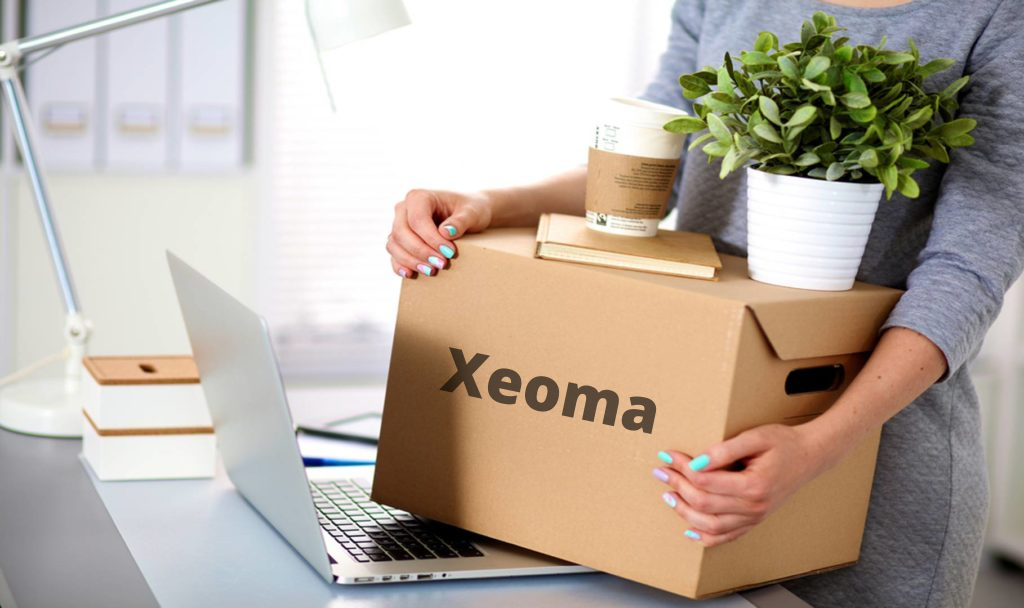Transferring Xeoma video surveillance system with all settings

Thanks to flexible licensing settings in video surveillance software Xeoma, you can transfer your system from one device to another. But at any moment of time the Xeoma license can be used only on one machine, so to use licenses on a new machine you have to reset them, i.e. “unlink” them from the “old” machine, otherwise activation will fail or work intermittently. You can reset it by using a special form on our website or contacting us. After the reset, you can activate your licenses on a new server.
But what should you do if you need to transfer not only licenses but also all settings and archive recordings from the program? In this article you will find detailed instructions on how to move the whole Xeoma system from one server to another.
To transfer Xeoma settings to the new server you need to do the following.
On the old machine
1) Make a copy of current Xeoma settings (Main menu – Install – Restore – Export settings). During exporting, specify the folder where the settings file will be placed.
You can read more about restoring settings here.
During exporting, all server part and some client part settings are saved, but if you have layouts and view modes configured, you need to copy the user.cache file. You can find it in the following folder.
For Windows: C:\Users\UserName\AppData\Roaming\XeomaClient
You can also use the %appdata% macro, just type it in the address bar of the explorer and the system will find the desired file.
For Linux: /home/user/XeomaClient/user.cache
2) To save the archive, you need to go to the folder where the archive videos are stored (you can find its name in the settings of the “Preview and archive” module). Copy it. The most important thing is not to change the names of folders and videos, they must be the same as before so Xeoma can find them on the new server.
Transfer the settings files and archive recordings to a separate storage medium, such as a USB flash drive, to transfer them to another device.
3) Uninstall Xeoma and delete all activation files (xeoma.act or xeoma.online.act for virtual machines) from old servers.
To learn more about uninstalling the program, see this link.
4) Reset your licenses by following this link or contacting us.
On the new machine
1) Download the appropriate version of Xeoma for your license and run it. You can find the appropriate version for your licenses in the Active Licenses section (Main Menu – Information – Active Licenses) or see your version of the program on the old server in the “header” and use it on the new server.
2) Activate your licenses on the new server (Main menu – Registration – Activate). Read more about activation via the console here.
Useful information: possible license activation errors and their solutions
3) Import the settings (Main menu – Install – Restore – Import settings), by specifying the path to the place where the file with server and client settings is stored.
4) Move the old archives to the archive storage folder on the new server.
After uploading all the necessary recordings to Xeoma, you need to run archive reindexing (Play archive – Menu – Reindex the Archive) so that Xeoma will see the new files and you will be able to view previous records in the program.
Note that in the “Preview and Archive” module, the “Maximum total storage time of this archive” must be set based on the date of creation of old archive files (if the storage time is too short, the old records that you transferred will be deleted as outdated).
5) Reboot Xeoma.
How to transfer the system from one operating system to another?
You can also use these instructions to transfer Xeoma from one operating system to another. Please note that the location of program files is different for every OS. You can get the path to the folder with Xeoma settings for your operating system by following the link.

|
If you change the operating systems family, for example, from Windows to Linux, then the archive storage path will change accordingly. In this case, on the new system you will need to go to the settings of the “Preview and Archive” module and enter the new data in the “Folder or network path to store files” line. If you have several cameras, we recommend using the group settings feature. To do this, click on “Open group settings” in the module settings, select the cameras to which they will be applied, click “Continue”, set the required parameters and click “OK”. |
This way you can quickly and easily transfer your entire video surveillance system without losing any of your data or individual program settings.
October, 8 2021
Read also:
Failover and failback in Xeoma
Console commands
Client part settings